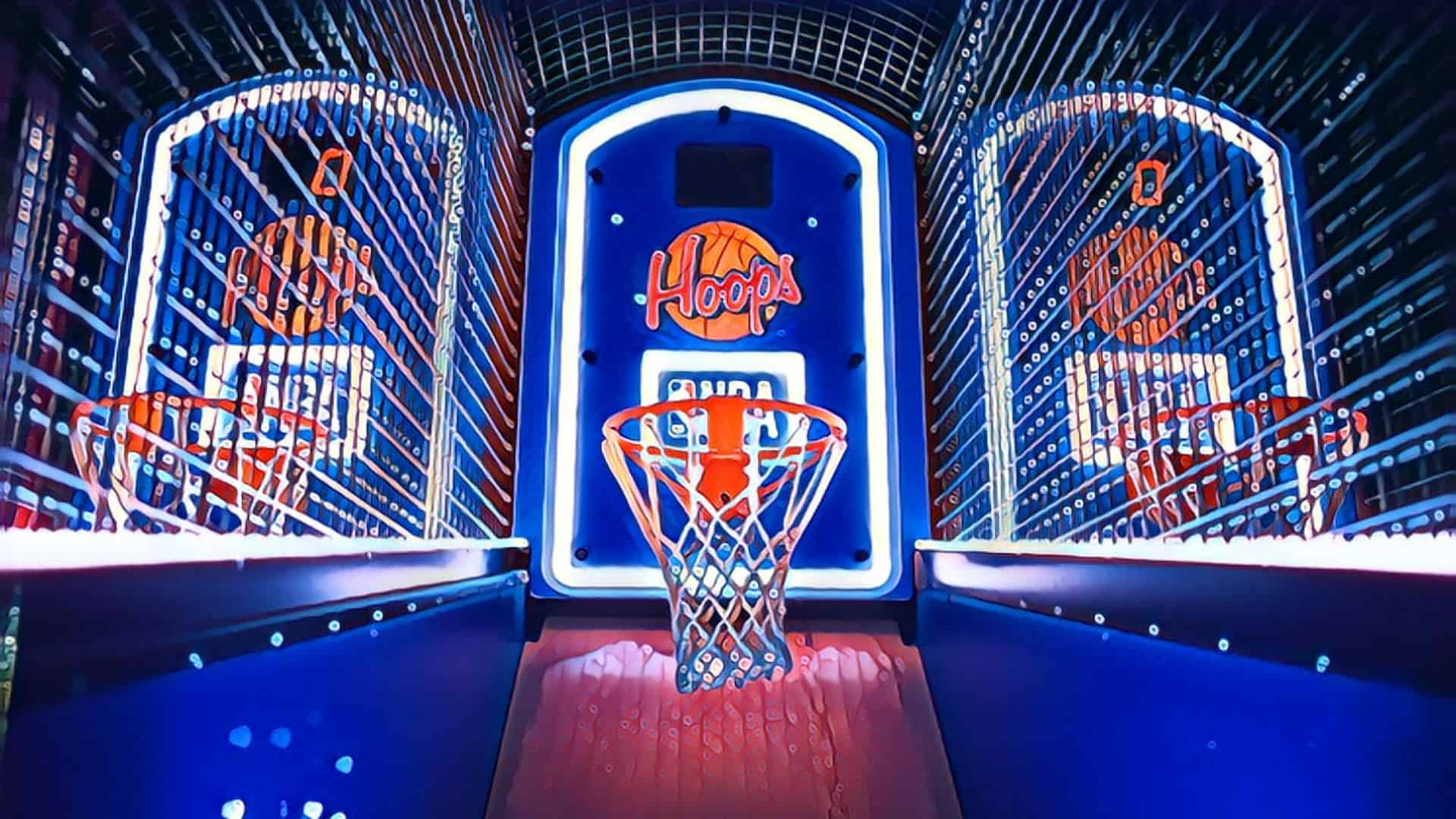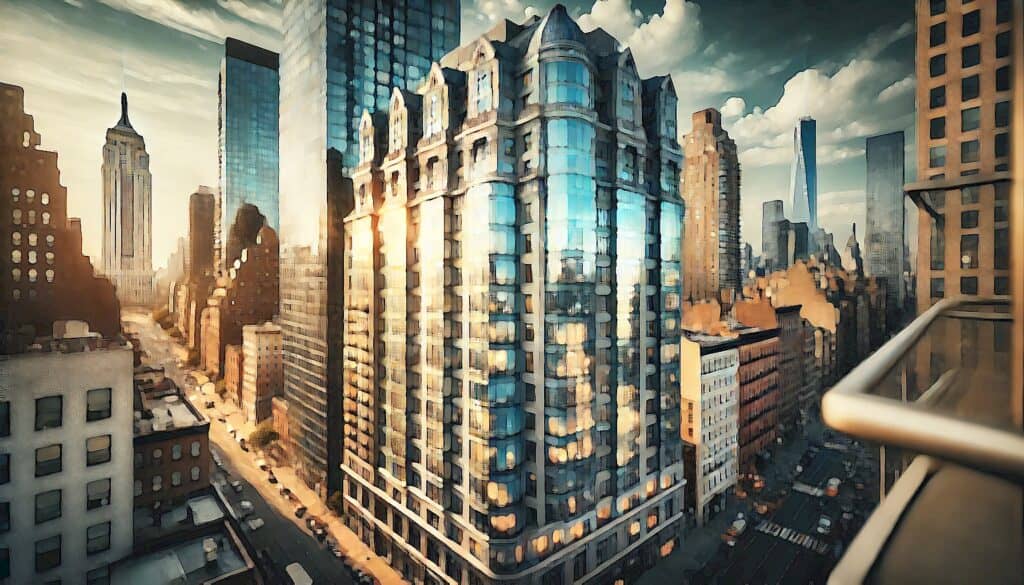
The Rise of Experiential Retail?: Brick-and-mortar Retail Real Estate Continues To Scramble In Attempts To Stay Relevant Amidst Steady E-commerce Growth
The retail sector is experiencing a strong comeback, and experiential shopping is at the forefront. With physical stores evolving and e-commerce’s impact expected to reach a turning point by 2027, immersive shopping experiences are driving business growth.
Defining Experiential Shopping
Experiential shopping involves creating a store environment where customers can engage with products and brands beyond simply purchasing. This can involve technology, immersive sensory encounters, storytelling, and more.
The Evolving Role of Physical Stores
Physical stores have become crucial touchpoints for consumers to interact with products and brands, and they offer a place for brands to showcase their values and stories.
Implementing Experiential Retail Successfully
To create an effective experiential retail environment, retailers must focus on curating the right mix of elements, such as food, beverage, and entertainment, to draw customers and create positive experiences.
The Future of Experiential Retail
As technology advances, experiential shopping will continue to evolve, blurring the lines between stores, restaurants, and event spaces. Retailers will also increasingly adopt ESG and DEI practices, shaping the future shopping experience.
No related posts.




























